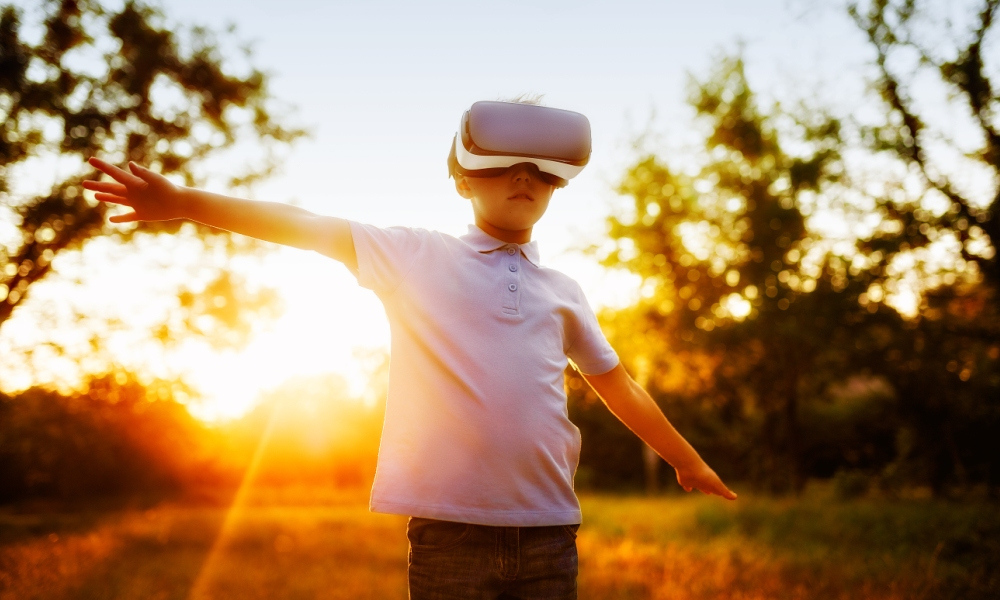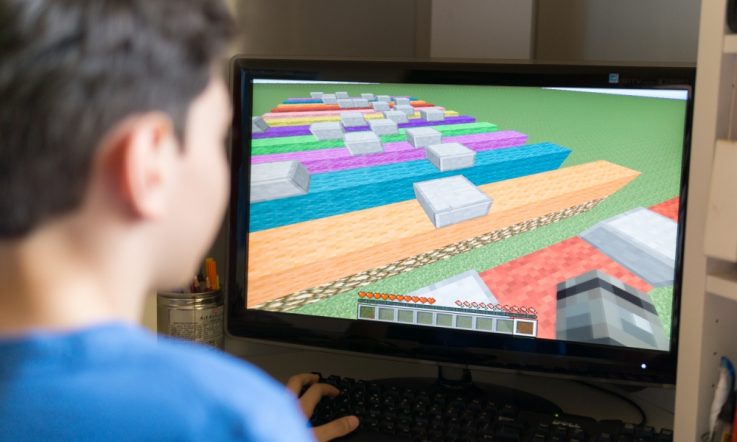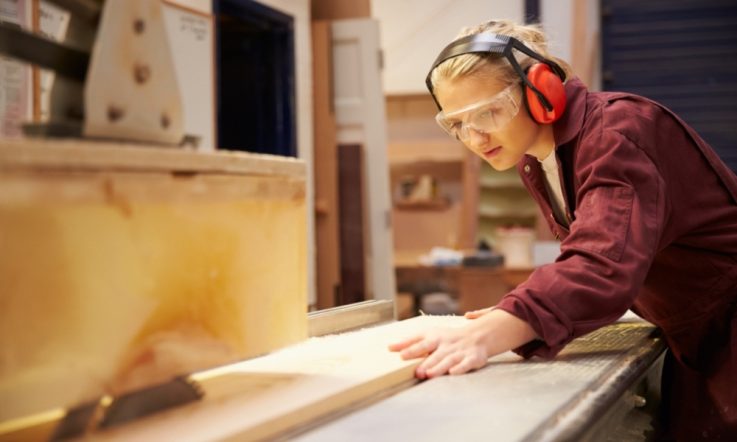Connecting students to experiences and expertise that they would otherwise not have access to is one way technology can be used to address educational disadvantage.
Virtual reality is seen as having the potential to make these learning experiences even more authentic, opening up exciting possibilities in the area of careers education, including helping to prepare students for work and university.
Academics from Australia's University of Newcastle and Curtin University recently published a report (Southgate, Smith & Cheers, 2016) looking at existing and emerging technology for use in K-12 settings. ‘At the heart of the report is a vision for using these technologies to promote equity of educational outcomes and career opportunities for students facing disadvantage.'
Aside from offering a snapshot of the possibilities of immersive technology such as virtual reality and augmented reality, the researchers also use the report to appeal for action from the education community. ‘Educators and students, alike, need to ‘dream-up', sand-pit, prototype, create proof-of-concept and rigorously apply existing and emerging technologies as tools to ensure fairer educational outcomes and futures.'
What's already out there?
Virtual reality takes the user into a 3D world generated by the computer. Headset devices have grabbed the lion's share of attention from the media and consumers. They offer a more immersive experience than simply viewing through a computer or television screen, allowing navigation by wandering around or via a controller. Devices on the market include Oculus (Rift and Gear VR), Google Cardboard and, primarily aimed at gamers, Sony's PlayStation VR and HTC's Vive.
In augmented reality, the world you see is real but computer generated objects are overlaid onto it – think Pokemon Go. Like its virtual counterpart, you can experience augmented reality using mainstream tech devices such as a smartphone but immersive headsets are also being developed and Southgate, Smith and Cheers say these will become more affordable in the next three to 10 years.
Potential benefits and issues for K-12 education
Their report explores the use of these technologies in careers education. It notes the tech has the capacity to motivate and engage students by providing authentic learning experiences.
Discussing educational disadvantage, it cites 2015 research suggesting many students are not able to access ‘taster' work experience for a variety of reasons – including gender, disability, cultural background and socioeconomic status. ‘Immersive virtual reality can allow students to experience authentic simulations of work environments that are either too geographically or socially “distant” for students to engage in or unsafe for them to visit,' the report says. ‘Virtual worlds could be created where students are mentored by engineers, architects, construction specialists, environmental and social scientists, and policy makers … It is envisioned that augmented reality technology [could] be used by educators to overlay actual classrooms with individual and collaborative learning activities …'
Referencing the popular quote ‘you can't be what you can't see', the academics suggest these technologies could be used to create taster spaces where students can envision themselves in a career. ‘For example, young Indigenous people who are aspiring to become doctors could be mentored by Indigenous doctors in an immersive virtual environment that would allow career exploration to occur within a culturally safe setting.
‘Similarly, immersive virtual and augmented reality experiences could be designed so that first-generation students, particularly those who are geographically isolated, could explore the campuses and learning spaces of vocational or higher education so that these are demystified and less alien.'
It's not all rose-coloured spectacles (or goggles), as with all technology there are benefits and challenges. The academics highlight a number of potential issues with virtual reality, including the high cost of the more immersive devices. If you did want to use them in a classroom, with all your students at the same time, then the cost really starts to rack up. In terms of the impact on health, some users experience motion sickness and headset manufacturers include age and time limit warnings, saying the devices can cause seizures and problems with balance.
Crucially, the report points out: ‘There is a lack of long-term research into the physical, cognitive, social and educational effects of prolonged [immersive virtual reality].' There are also concerns surrounding privacy when devices are used while connected to the internet. Researchers have warned users will leave a digital footprint and their virtual reality experience may be recorded without their knowledge.
The importance of engaging educators
Southgate, Smith and Cheers highlight research that has shown virtual reality can add value to learning (not surprisingly, it's a good motivator) but ‘the quality of the learning is determined by the pedagogical theory and learning science that inform the design of the virtual environment'.
That's why, they add, it's importantthat educators are involved now so that ‘these technologies are used in pedagogically sound and curriculum-aligned ways … informed by learning science.'
References
Southgate, E., Smith, S. P., & Cheers, H. (2016). Immersed in the future: A roadmap of existing and emerging technology for career exploration. Report Series Number 3. Newcastle: DICE Research. Retrieved from http://dice.newcastle.edu.au/DRS_3_2016.pdf (4MB)
When you incorporate a new piece of technology into your teaching, what are the learning outcomes you hope to achieve?
If you’re using educational games in the classroom, are you mapping them to curriculum content?
Is your school providing engaging taster work experience opportunities for all students?



